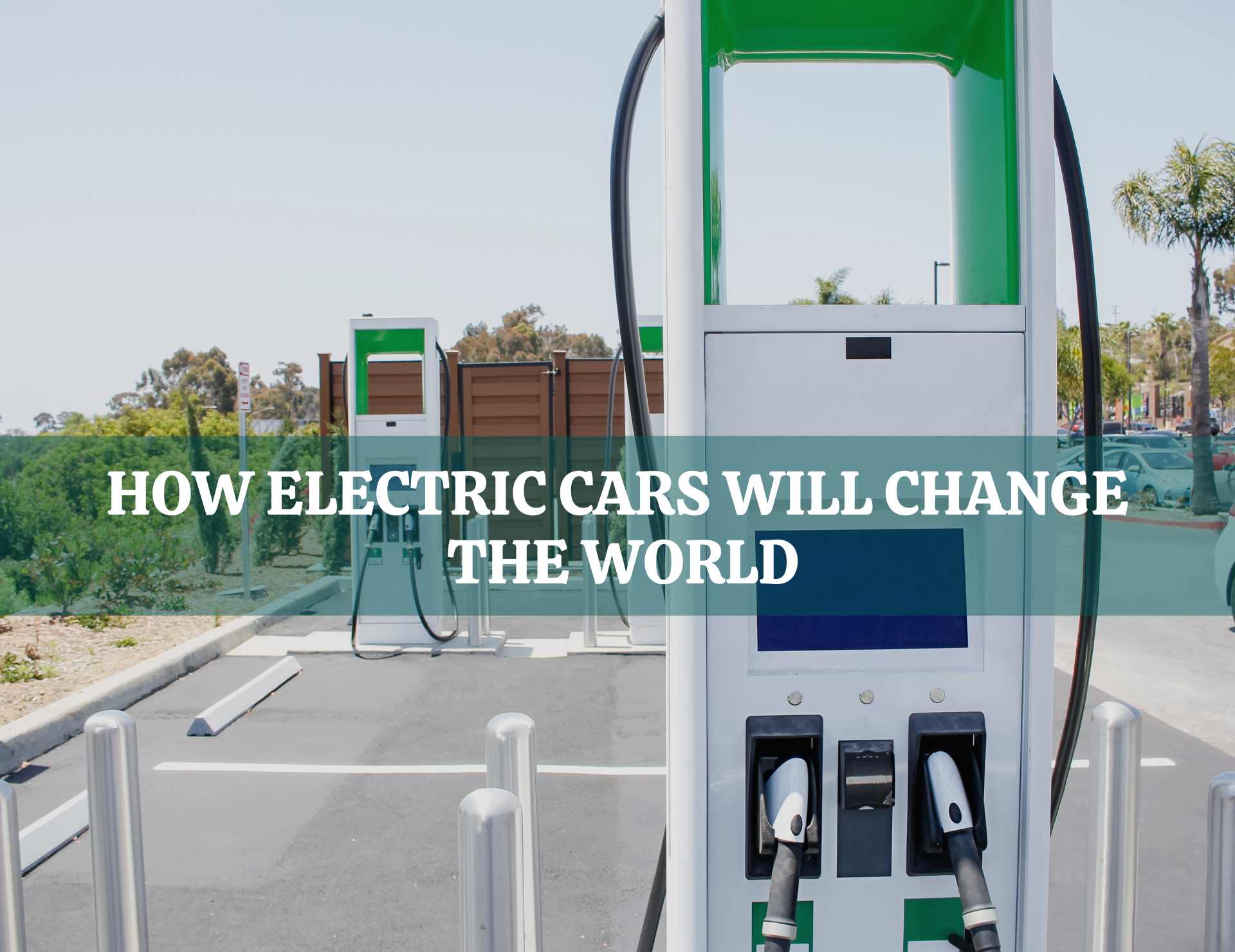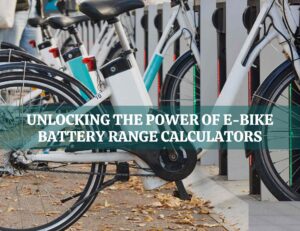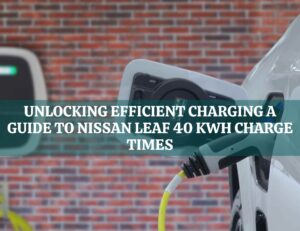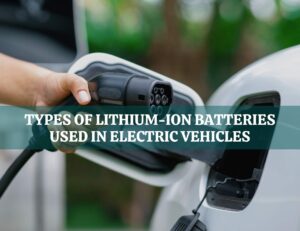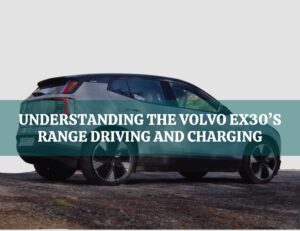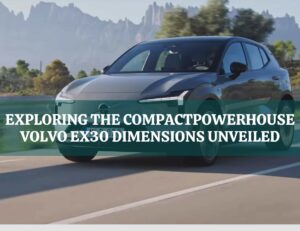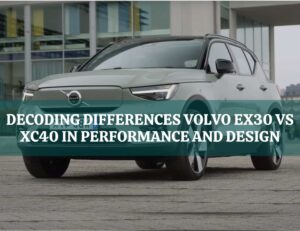As technology and consumer interest advance, the landscape of electric vehicles is rapidly shifting. Governments worldwide support the EV industry with subsidies and regulations, and customers demand low-emission commuting over the fossil fuel-powered vehicles that are destroying the environment.
The industry did not take off when the first EVs were produced or introduced because of their high starting cost, short battery life, low speed, and few environmental concerns. Nonetheless, original equipment manufacturers (OEMs), customers, and governments have all shown a significant interest in EV manufacturing and battery technology during the past ten years. Millions of EVs have been sold in different countries due to substantial investments.
All of the major global and Indian OEMs have made investments in and launched EVs. In contrast, many new OEMs have garnered significant funding and introduced models that have been enormously successful, increasing the demand for EVs and resulting in the creation of unicorns.
How will electric cars change the World? : Overview
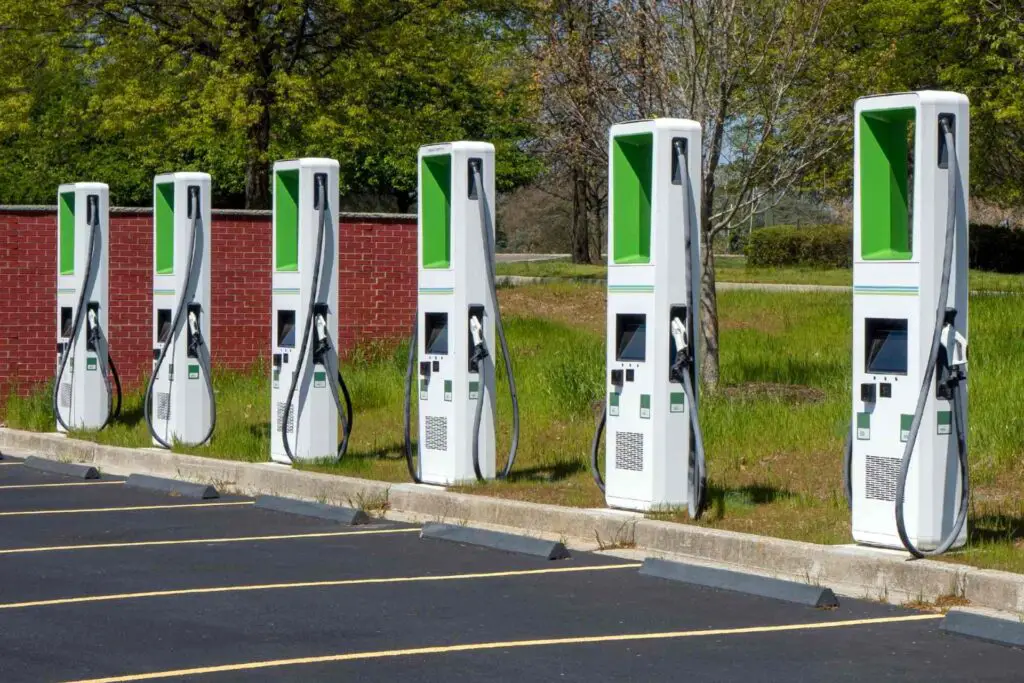
For many years, electric cars have been projected to become increasingly prevalent. With their listen-or-you’ll-miss-it driving noises, they now go from the niche to the mainstream, never requiring petrol, oil changes, or emissions tests. The revolution is taking place as gas prices are rising and concerns about stable energy sources are rising due to the conflict in Ukraine.
Electric vehicles now consist of all most all types of vehicles, which are at least partially powered by electricity.
There are three primary ways of using electric vehicles:
- The electricity is kept in a battery pack energy battery-electric cars.
- With plug-in hybrid vehicles, an electric motor and a sizable rechargeable battery are associated with a gasoline or diesel engine.
- The electricity wanted to power the motor in fuel cell automobiles is made by splitting hydrogen molecule electrons.
More than simply passenger automobiles are now powered by electricity; from New York to Mississippi, you might ride a smooth, swift electric transport bus.
The very first electric fire truck in the country was welcomed by Angelenos in California in 2021. Electric sanitation trucks will quietly glide through neighbourhoods to pick up garbage and recycling in the years to come. Electric postal trucks and an increasing number of other electric trucks will be delivering mail and packages from warehouses to homes without emitting any air pollution.
Electric vehicles are saving the climate — and our lives.
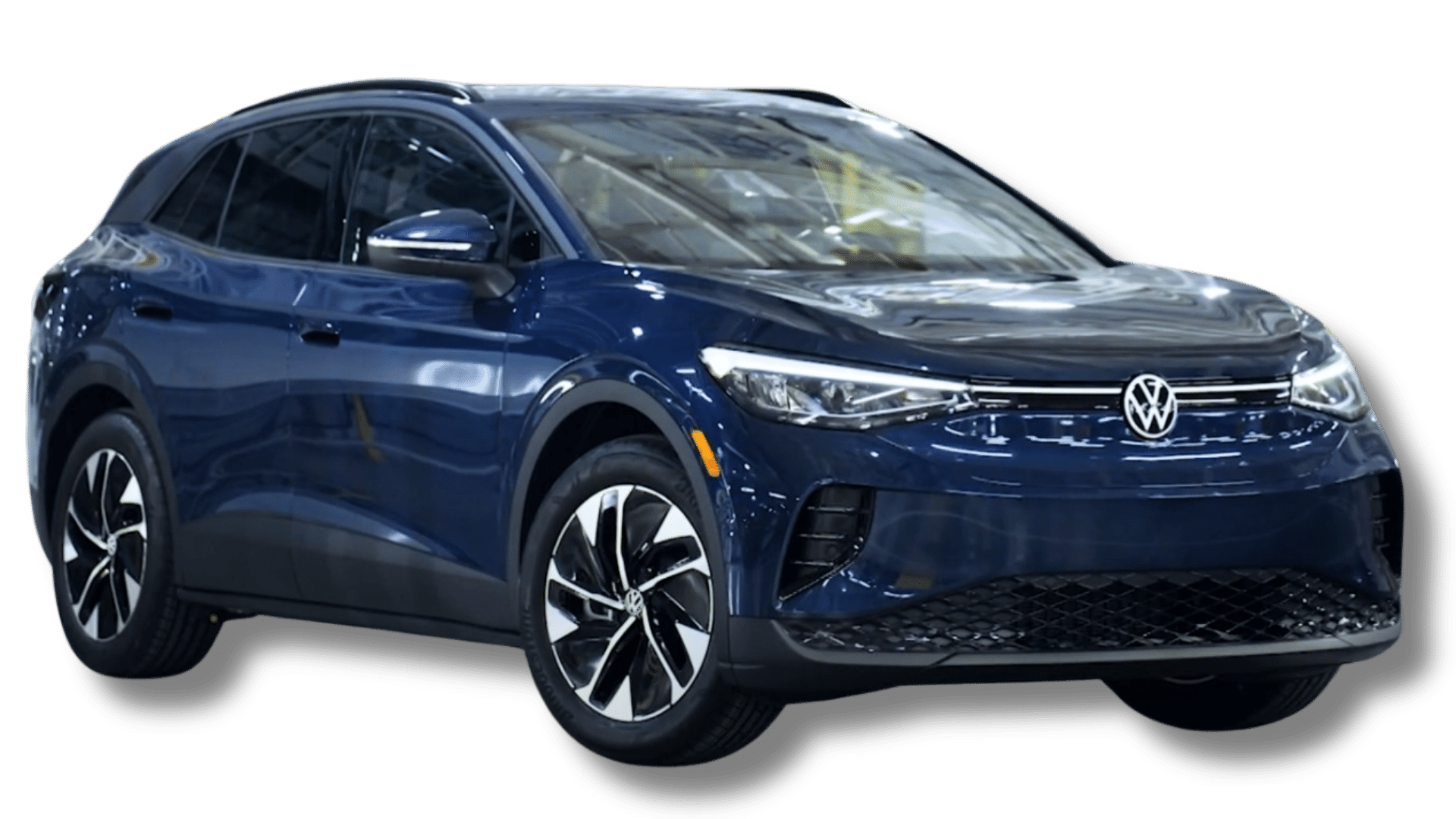
Here’s how transportation in the US is the leading cause of climate pollution. To stop the climatic catastrophe, we must make the automobiles and trucks on our roads as clean as possible. We have ten years to change how we use energy if we want to avert the worst effects of climate change.
The emissions from cars and trucks harm both the environment and human health. Air pollution from gasoline and diesel-powered vehicles causes several illnesses, including asthma, bronchitis, cancer, and early mortality.
The long-term health repercussions of localized air pollution are manifested in heart problems, lung damage, and asthma attacks. According to Rashmi Joglekar, a staff scientist with Earthjustice’s Toxic Exposure & Health Program, “a strong link between long-term exposure to hazardous fine particulate matter and COVID-19 mortality in the United States” was discovered by a Harvard University study.
A different Duke University study highlighted the health costs, finding that each gallon of gas purchased at the pump carries up to $3.80 in health and environmental expenses. The social diesel costs for large trucks and farm machinery are higher per gallon, adding $4.80.
They provide Environmental advantages.
Consumers now know the need to directly support renewable energy initiatives and accept more environmentally friendly transportation options due to global warming becoming a serious problem. Pollution is one of the critical elements affecting people’s desire for electric automobiles.
Long-Term Financial

The cost of charging a vehicle instead of using fossil fuels is another benefit of transitioning to an electric vehicle. The Advanced Vehicle, Testing Activity Database, states that electric cars only cost 7.8 cents per mile, in contrast to petroleum, which costs $3.50 per gallon for every 45 mph.
In addition to the price difference between electricity and gasoline, electric cars give Americans access to a broader range of fuel sources for mobility. To put things in perspective, only the previous year, the United States consumed approximately nine billion barrels of fuel, with transportation making up two-thirds of that total.
To keep things in perspective, the United States utilized almost nine billion barrels of fuel just the previous year, with transportation accounting for two-thirds of that amount. Fossil fuels are used in excess, monopolizing the industry. Due to domestic power production in the US, this monopolization can be lessened through electric automobiles.
Rapid EV adoption could impact electric grid reliability.
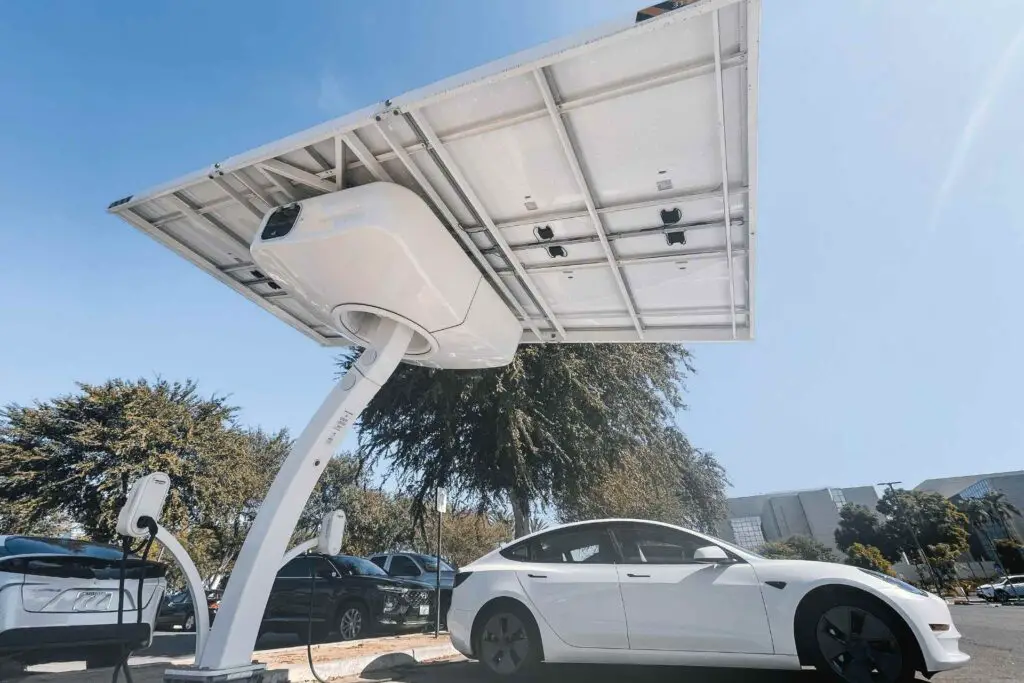
The introduction of EVs nationally could raise energy consumption by 40% by 2050. If millions of new EV owners begin charging in the late afternoon, when electric demand already peaks even with only a small number of EVs on the road right now, all those new EVs could burden the electrical infrastructure.
The impact during peak hours is significant for EV charging behaviour. If left unmanaged, it could contribute roughly 450 MW per hour to peak demand between 4 and 5 p.m.
The fundamental truth is that managed charging and additional clean energy sources will be needed to preserve grid dependability. By scheduling charging for off-peak times or times when renewable energy creation is at its highest, managed charging can help reduce the impact of peak demand.
Modelling the effects of different EV adoption rates and managing to charge intensities on peak power consumption is something utilities, state regulators, and politicians can undertake right away.
Conclusion
The future belongs to electric cars Manufacturing businesses are working harder to transition to electric automobiles from conventional vehicles. Owning an electric car with the proper infrastructure and functionality has a lot of advantages. This could be the year to acquire a battery-powered vehicle with many benefits. Go electric and think


